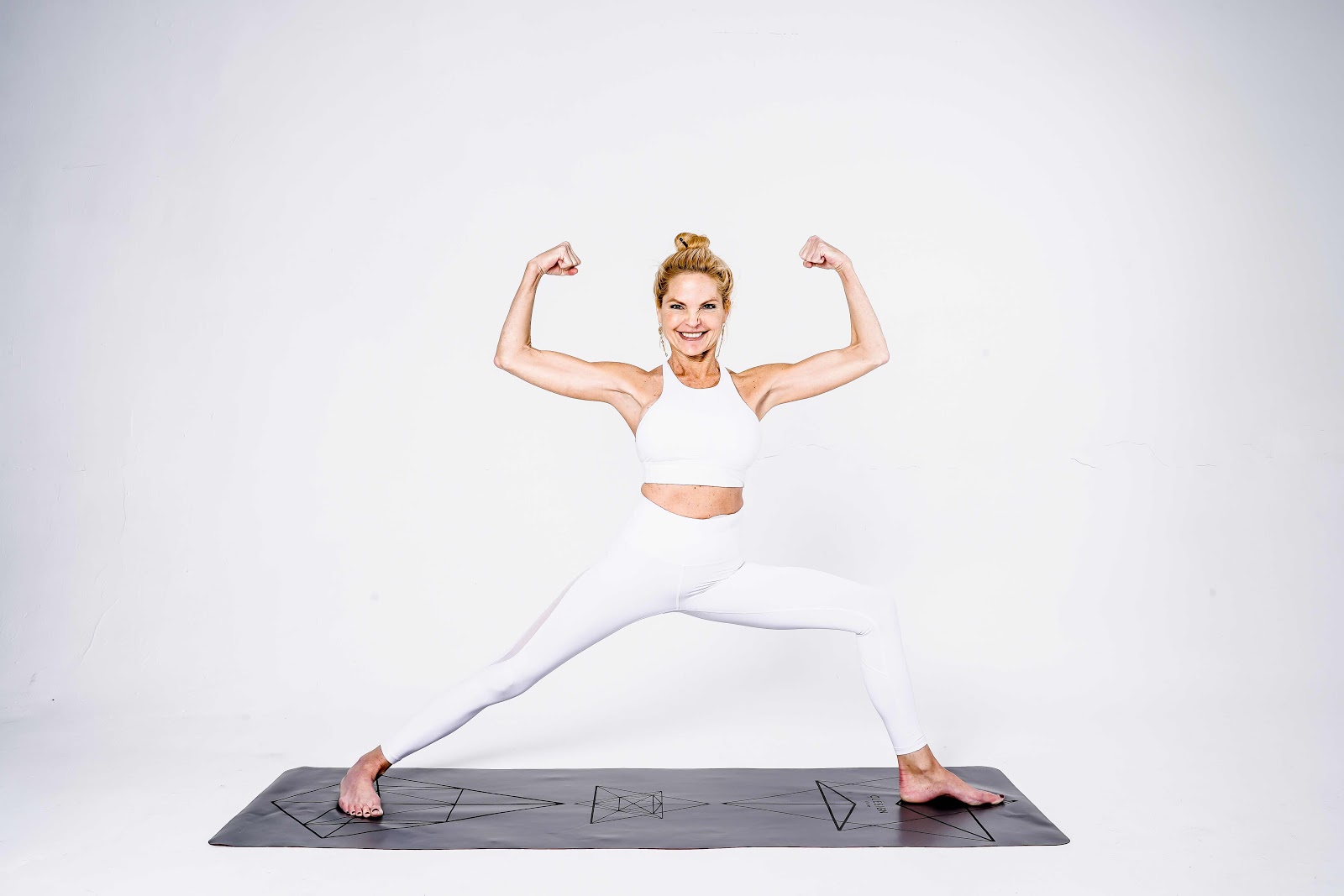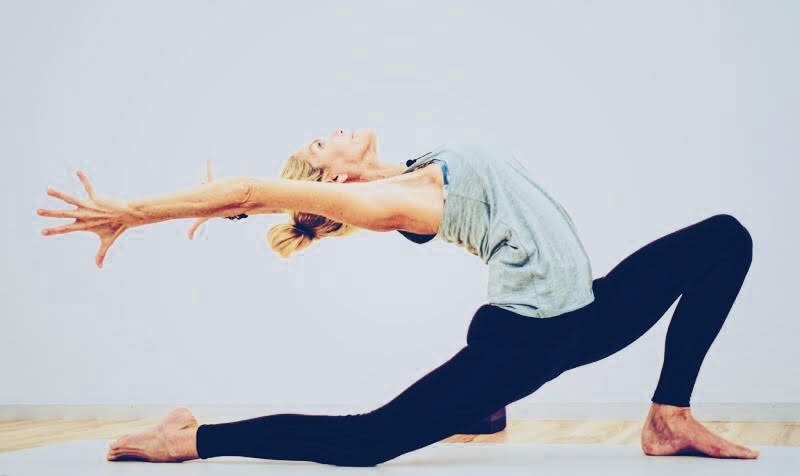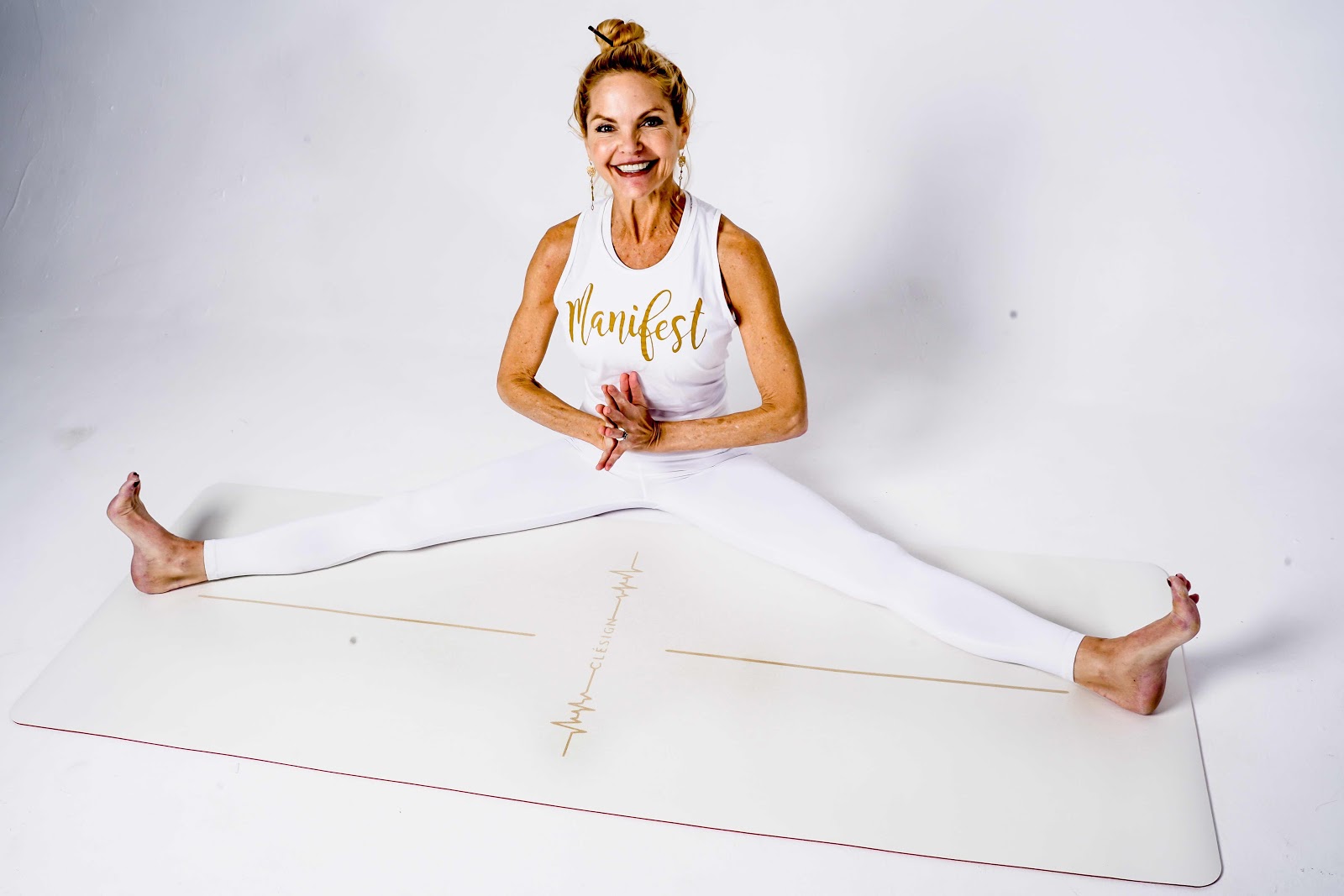The Arnold Schwarzenegger State of Mind!
Science suggests building muscle (and fighting pain) is all in the mind. Studies have confirmed the mind-muscle link~
The more we focus on the muscle we are working, the more muscle fibers we activate. This mind-muscle connection has been confirmed in numerous worldwide studies. The mind has a bigger influence on the body than we think.
So how does our mental workload affect our physical workload? If the mind is busy thinking about deadlines, bills, or the many likes you got on your last Instagram post, previous research has found that our brain won’t have all the resources it needs to send messages to our muscles. That means we may be churning out reps at the gym or a 108 sun salutations per day, but we aren’t getting as much out of it as we could be.
Where the mind goes,” as Arnold Schwarzenegger was fond of saying, “the body will follow.” Or as I am often heard saying in my yoga classes, “Energy flows, where attention goes.” This is the very foundation of the mind, body, spirit connection, and the reason why some yogis consider yoga to be “different” than any other form of exercise. I get it, Yoga is a science, but isn’t all exercise a science? And if we are specifically talking about heightening our level of consciousness in any given activity or moment, isn’t “Yoga” in everything, and everything is yoga?
I say yes.
Whatever you think, you’re right!
So why not think yourself strong, think yourself healthy, wealthy, patient, graceful and loving… just fill in the blank. Yes, the mind is just that powerful. The mind effects every single cell in the body. Our mind is the most powerful and influential “muscle” we can train.
Next time you’re in the gym, pool, on the bike or your yoga mat, simply think about the specific muscles working harder as you move. Concentrate on the contraction of those muscles as they move and how strong you feel while doing it. This method works especially well with isolation exercises that zone in on just one muscle group, specific modality, or asana that you are wanting to strengthen.
With that being said, it also works phenomenally in regards to stretching and increasing range of motion in the body. Yin Yoga is an excellent example of using the power of the mind to stay connected to the experience and cultivating what you want in your body.
When I was a child, I used to fall asleep visualizing myself performing a skill in ballet that I was struggling with or had not yet accomplished. Often I’d end up dreaming about it too, and when I’d wake up it would feel as though I actually did it, as if it really happened. I was known to wake my parents up in the middle of the night counting out dance steps, and kicking the bunk bed above me while performing dance moves in my sleep. I not only talked in my sleep, I was a sleep dancer too. I can’t remember anyone teaching me to visualize, it was just something I did automatically as a child. I think my huge imagination and dreamy state of being helped. I am positive that this practice of visualization is what enabled me to accomplish things at a very young age.
We often forget that visualization can be a very useful tool to get stronger, more proficient, and to heal faster.
Visualization is something that’s used successfully by many top athletes, and it’s been shown in a number of studies to have a direct effect on gains in strength and skill performance. When I say visualization, I mean mental imagery, which you will also see referred to as visualization-guided brain activation (VGBA). Mental imagery or (VGBA) is defined as the use of the senses to recreate a physical experience in the mind.
In one trial, subjects were able to make their arms stronger simply by imagining themselves doing curls. After 12 weeks of mental training (15 minutes per day, 5 days per week), strength in the imagery group had increased by 13.5%, which was significantly larger than the progress made by the control group.
The researchers found that regular workouts could be partly replaced by mental imagery training with only a minor reduction in strength gains. More interesting still, the strength gains in subjects classed as “excellent” imagers was significantly higher than those considered “good” imagers.
I wanna be an excellent “imager”, don’t you? So this means that when we are creating the “imagery,” we will want to do more than just paint a mental picture. The most effective imagery involves duplicating the sights, sounds, feelings, thoughts, and emotions that we would experience during the actual event. We can think of it as a mental movie that engages all of our senses.
What do we hear? What can we smell? What do we see? It needs to be as real and vivid as we can make it. It reminds me of exactly what we do during some yoga nidra exercises.
It’s also important to use internal rather than external imagery, as this has been shown to deliver faster results. In other words, rather than seeing ourselves perform an exercise or move as if we are just a spectator, we should be the person actually doing the exercise and feeling everything that we’d expect that person to be experiencing.
So if we were to imagine ourselves doing a handstand, we would feel all the little stabilizers in the hands, fingers, shoulders and arms twinge, and the deep core muscles fire up, as well as maybe the nerves in our stomach as we make a few minor adjustments to sustain the asana shape… the build-up of intra-abdominal pressure as we breathe and prepare to lift and the muscles of our body dancing with the forces of gravity as it begins its floating journey from the mat and back down to the mat. We even feel the temperature or our skin warm up, as the perspiration begins to flow. Get specific and feel it all.
Why and how does visualization make us stronger?
Researchers aren’t entirely sure. Although there’s no evidence to show it has a direct impact on muscle growth, one theory is that mental imagery increases strength by making our neuromuscular system, the “chain of command” that transmits signals from the brain to the muscle, more efficient.
During mental imagery, electrical activity in the muscle that we are thinking about training is comparable to that measured during the actual movement itself.
Brain mapping studies show that similar parts of the brain are activated during both real and imagined movements. Mental imagery could also improve performance simply by making us more confident in that we actually think we can do the activity. Personally, visualization has been a huge tool for me in regards to processing fear with everything from simply getting up in front of hundreds of people and teaching yoga at a festival or conference, to my current fear of recovering from total hip replacement surgery. I use visualization every single day.
While the effect of mental imagery on strength is real, it is relatively modest.
Much of the research has used programs based on isometric muscle actions, and many of the studies used untrained beginners, where neuromuscular changes tend to be responsible for much of their early progress. A lot of the effective mental imagery protocols seem to involve large periods of time spent just sitting around thinking about doing the activity, with no real action. All thinking and no action sounds kinda boring. I believe the ultimate test and “reward” is in the doing. So, I prefer incorporating time in the actual physical training along with visualization and mental imagery.
So, the next time you’re getting ready for a yoga, pilates, exercise, dance class or even an event that challenges you mentally and emotionally, instead of just showing up for it, take some time to vividly imagine what you want to manifest and achieve during the actual class or event.
Make the imagery as lifelike as possible and perform it in real time. However long the class or event, imagine it being that actual length. Picture yourself successfully performing and completing the actual task. Be aware of how your physical body, the state of your mind and emotional state feel afterwards.
A study published in the Journal of Neurophysiology found that simply imagining exercise not only tones and makes our muscles stronger, it can also delay muscle atrophy.
The results of the study illustrated that the body and mind are more intertwined than we thought.
Additionally the participants had a stronger brain because the exercises created stronger neuromuscular pathways.
Scientists have long known the connections between the brain’s cortex and its ability to control and coordinate muscle movement, according to Ohio University’s Heritage College of Osteopathic Medicine. The University’s study is the first to prove that the imagery can delay or stop muscle atrophy.
Brian Clark, a professor of physiology and neuroscience in the college said in a statement, ”What our study suggests is that imagery exercises could be a valuable tool to prevent or slow muscles from becoming weaker when a health problem limits or restricts a person’s mobility.”
With the new developments, imagery can be used to help people undergoing neurorehabilitation and can help control the effects of aging.
In the release, Clark described muscles as the puppets of the nervous system moved by the brain that acts as the string.
This information fundamentally changes how we think and treat muscle weakness during healing and aging.
- Studies suggests that just thinking of exercising can have the same effects as actually hitting the gym or performing the actual task.
- Scientists have long known the connection between the brain and muscle movement, but now, they have discovered that imagery techniques can delay muscle atrophy
- This new development may lead to improvements in neurorehabilitation and help control the negative effects of aging
- VGBA can speed up the healing process.
- VGBA can help us work through fear, and gain confidence.
So if by simply imagining and visualizing ourselves doing an activity can boost and provide all of these known benefits to our bodies and minds (and it’s FREE) what are we waiting for? If you struggle with getting started, go online. There is a ton of free information and materials offering guided meditations, nidra, and visualization exercises. If you like a group setting, most yoga studios offer these types of classes for free or are donation based. If you are willing to pay a small fee, online workout and yoga platforms are a wonderful tool that can be accessed anytime and from anywhere in the world.
There is no excuse to not be manifesting the change you want to happen in your body, mind, spirit and LIFE!!
Just lie back and visualize it…





